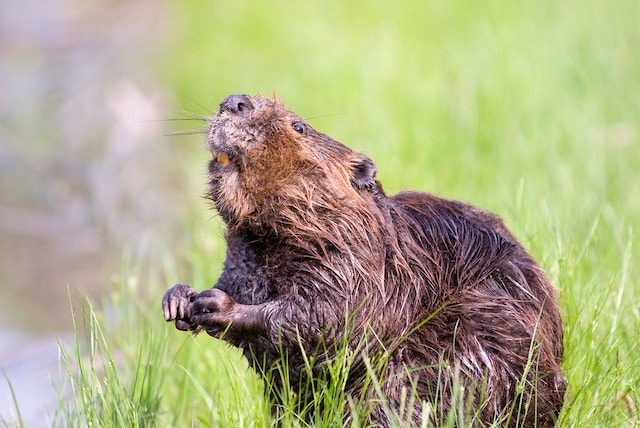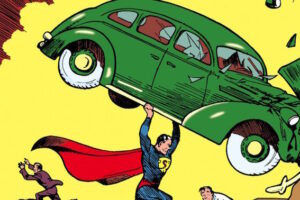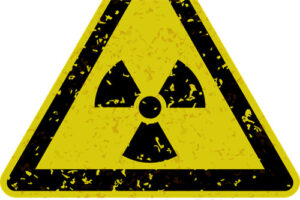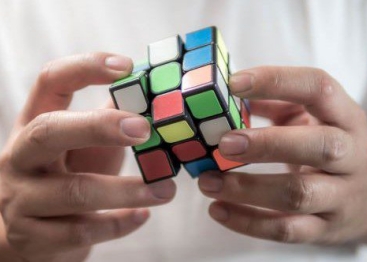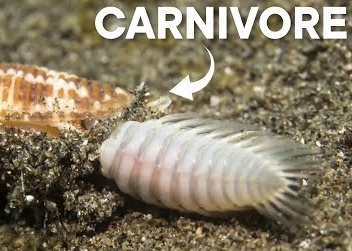How the Brain Crafts Thought and Consciousness ?
Have you ever stopped to wonder how your brain allows you to think, feel, and understand the world around you? When you clicked on this article, was it out of curiosity, or did you already have some idea about how the brain works? Maybe you’ve never really thought about it before, or perhaps it’s something that keeps you up at night. Whatever the reason, the human brain is one of the most fascinating and complex subjects out there—and despite centuries of study, there’s still so much we don’t know.
Let’s dive into the basics of how your brain works, how thoughts are formed, and why consciousness remains one of science’s biggest mysteries.
The Building Blocks of Thought
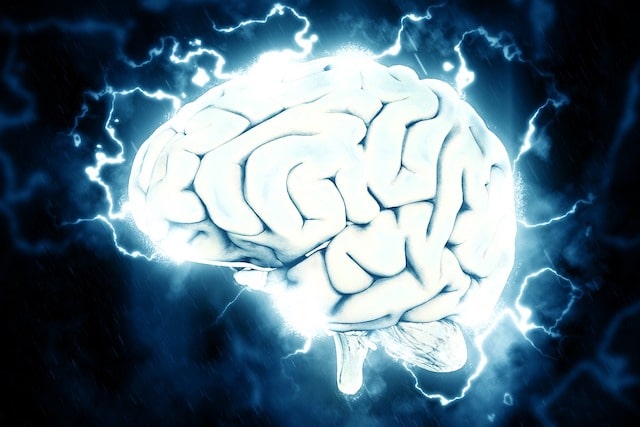
At the core of everything your brain does are neurons—tiny nerve cells that communicate with each other through electrical signals. Think of them as the brain’s messengers. They take in information from your senses—like the smell of coffee, the sound of music, or the feel of a cool breeze—and send signals to other neurons to help you process and respond to that information.
Here’s how it works: Neurons are connected by synapses, which are like tiny bridges. When a neuron fires, it sends an electrical impulse across these bridges, triggering a chain reaction. This process happens millions of times a second, and it’s what allows you to think, move, and even breathe without consciously trying.
But it’s not just about sending signals. Neurons also produce chemicals called neurotransmitters, which help pass messages along. When enough neurons fire in a specific pattern, a thought is formed. For example, when you see a dog, your brain processes the image, recognizes it as a dog, and maybe even triggers a memory of your own pet. All of this happens in a fraction of a second.
How Your Brain Learns and Adapts
One of the most incredible things about your brain is its ability to adapt. When you repeat an action—like riding a bike or playing a song on the piano—your brain creates neural pathways that make it easier to do that action again. This is why practice makes perfect. The more you do something, the stronger those pathways become, and the more automatic the behavior feels.
But this adaptability can also make it hard to break habits. If you’ve ever tried to quit biting your nails or stop procrastinating, you know how stubborn the brain can be. It’s wired to stick to what it knows, which is why learning something new often feels like an uphill battle.
The Brain’s Anatomy: A Quick Tour
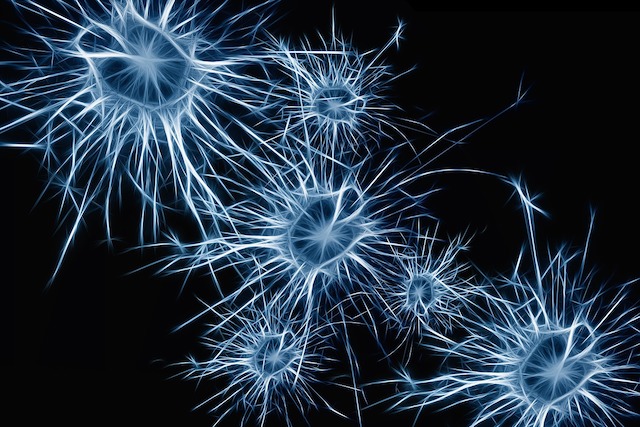
Your brain is divided into several key parts, each with its own job. The cerebrum, which makes up about 80% of your brain, is where most of the action happens. It’s responsible for thinking, learning, speaking, and processing emotions. The cerebellum, located at the back of your brain, handles balance and coordination—so you can walk, dance, or catch a ball without falling over.
Then there’s the brainstem, which controls automatic functions like breathing, heart rate, and digestion. It’s the part of your brain that keeps you alive without you even thinking about it.
Within the cerebrum, there are four main lobes:
- Frontal lobe: Controls decision-making, personality, and smell.
- Parietal lobe: Helps with touch, spatial awareness, and understanding speech.
- Occipital lobe: Processes visual information, like colors and shapes.
- Temporal lobe: Handles memory, facial recognition, and emotions.
Each part of the brain works together to create the complex, dynamic mind that makes you who you are.
The Mystery of Consciousness
Now, let’s talk about consciousness—the thing that makes you you. While we know a lot about how neurons and synapses work, consciousness is still a huge mystery. Scientists can’t fully explain how the electrical activity in your brain creates your sense of self, your thoughts, and your awareness of the world around you.
We do know that consciousness disappears under anesthesia, which shuts down most of the brain’s electrical activity. But what exactly causes consciousness to emerge in the first place? That’s a question even the brightest minds are still trying to answer.
Some researchers believe consciousness is a product of the brain’s complex network of neurons, while others think it might be something more abstract—like a symphony that emerges from the brain’s activity but can’t be reduced to individual notes.
What We Still Don’t Know
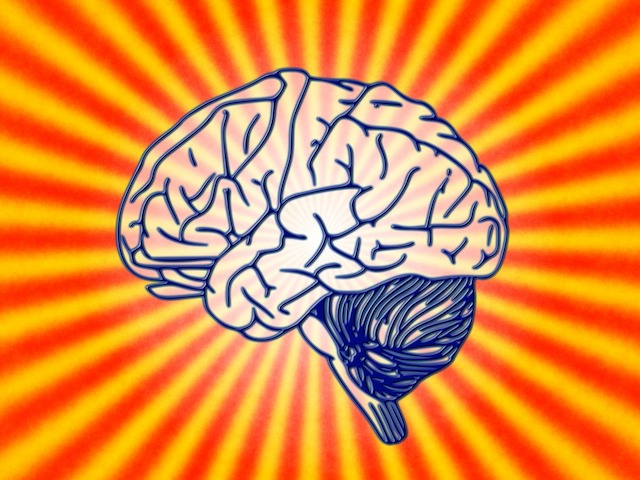
Despite all the progress we’ve made, there’s still so much we don’t understand about the brain. For example:
- Why do we dream?
- How does alcohol relax us, or how does pain medication like Tylenol work?
- Why does the left side of the brain control the right side of the body, and vice versa?
Even the number of neurons in the brain is just an estimate—somewhere between 80 and 100 billion. And with trillions of synapses, each containing thousands of molecular switches, mapping the brain is a monumental task.
Scientists have only fully mapped the brain of a few simple organisms, like a mouse. Mapping a human brain, with its 1,100 times more neurons, could take decades—if not longer.
The Takeaway
The human brain is a marvel of nature, capable of incredible feats of thought, creativity, and adaptation. Yet, for all we’ve learned, it remains one of the greatest mysteries in science. From the way neurons fire to the enigma of consciousness, the brain continues to surprise and challenge us.
So the next time you catch yourself thinking, wondering, or even daydreaming, take a moment to appreciate the incredible complexity of the organ that makes it all possible. And who knows? Maybe one day, you’ll be the one to unlock one of the brain’s many secrets.
What do you think about the brain’s mysteries? Have you ever wondered how your own mind works? Share your thoughts—after all, it’s your brain that makes it possible!


